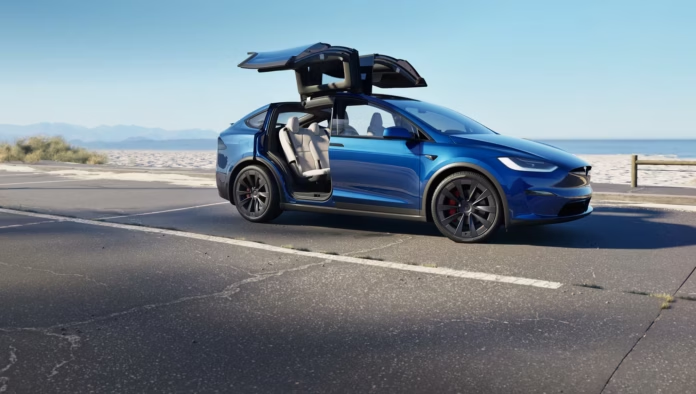Tesla is currently among the most revolutionary car manufacturers in the world. In fact, some would even argue that it is on top of the game. At the same time, Elon Musk’s car brand is prominent for popularizing and elevating electric vehicles. In the automotive industry, Tesla boasts innovative technology and environmentally friendly automobiles. Compared to conventional gasoline-powered vehicles, Teslas heavily rely on electric motors, which makes many drivers ask whether these cars require oil or fluid changes.
In this guide, we will delve into the specifics of maintaining a Tesla, along with the details you need to know.
Do Tesla Need Oil Changes?
According to the Tesla Vehicle Maintenance article, their cars do not need oil changes.
CoPilot also explains that combustion engines use oil for lubrication, cooling, and cleaning. Correspondingly, electric cars do not require oil for operation as they do not have an internal combustion engine. Without this complex engine component, there is no need for oil changes. As a result, Tesla owners save both time and money due to this significant difference.
More importantly, Tesla added that, unlike gasoline cars, electric vehicles do not demand fuel system maintenance, emission checks, and spark plug replacements. Further, replacing brake pads is rare as regenerative braking returns energy to the battery, which reduces brake wear.
Do Tesla Need Other Fluid Changes?
While Teslas do not require oil changes, they still rely on particular fluids for other essential systems.
One particular fluid that needs monitoring is brake fluid. As per Tesla’s recommendation, brake fluid testing should be done every four years to avoid contamination. The company also notes that serious brake usage in hot and humid environments may increase the frequency of checking and replacing brake fluid.
Other Maintenance of Tesla Vehicles
Monitoring other maintenance needs of an electric vehicle helps maintain efficiency and longevity. Consequently, Tesla listed a few important maintenance checks.
First, the Cabin Air Filter needs replacing over time to prevent pollen, dust, and industrial fallout. Second, the High-Efficiency Particulate Air (HEPA) Filter and carbon filter should be changed every three years. Third, rotation of tires is advisable every 10,000 km to help maintain even treadwear and maximize tire life. Fourth, Tesla recommends scheduling wheel balancing and wheel alignment as needed.
Note: These maintenance requirements may vary depending on the type of usage, the environment, and the car model. To learn more details about Tesla maintenance, visit the Tesla Vehicle Maintenance article.
Wrapping Up Tesla Care
Tesla electric vehicles are more low-maintenance compared to traditional cars. While oil changes are not a worry, paying attention to other necessary fluids and car parts will ensure a smooth run for many years. Always check the owner’s manual for the latest maintenance recommendations.

